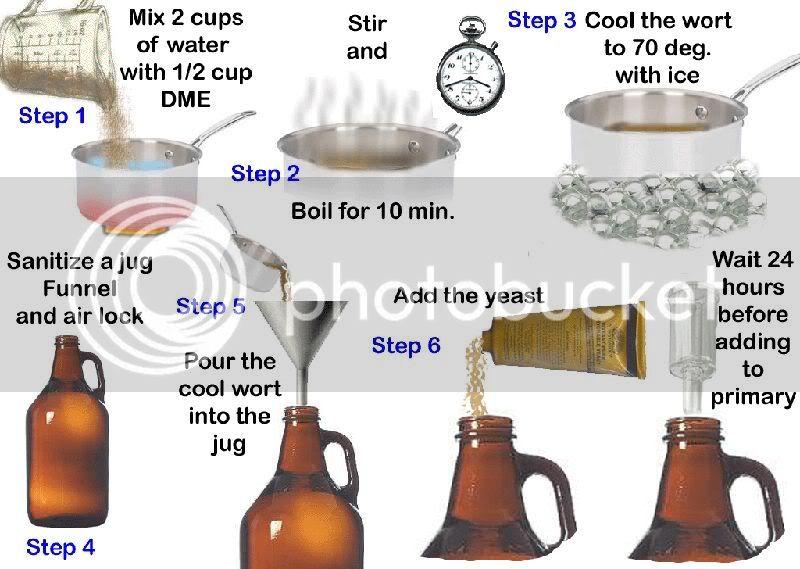Hey guys so I just made my second yeast starter, and the final result is always questionable. Why do I end up with 400 mL of starter? I've heard that this can sometimes produce negative effects. Should I boil up some water and add it to the starter in order to increase the volume?
Also, how in the hell do you guys get gravity readings of your yeast starters? Wouldn't the sample be somewhere around a quarter of the yeast starter, which risks contamination?
Refractometers are great for getting your gravity readings easily without drawing a large sample. You can also calculate it using pen and paper or some brew software. As far as your volume question... If you are boiling two cups- 16 oz- of water, you are going to end up with a little less than that due to evaporation. 400 mL is 13.5 oz. Don't worry about adding more water- you are making yeast, not soup for four. What you can do is make your starter and then cold crash it in the fridge after 24 hours. Then, pour off the liquid and make another starter, pitching your the yeast from your first starter into the new wort. You will double your yeast count this way. The bigger the beer, the more times you should step up your starter.



